With this guide, we will illustrate how to start and complete a growing cannabis. The purpose of this article is to clarify doubts, legal aspects, and provide practical and technical details for cultivation cannabis correctly and profitably.
In this guide, we will try to provide you with all the detailed information to understand the cannabis seed to use, indoor and outdoor growing techniques, the most suitable equipment for your needs, and all the legislative aspects. We will explain how to grow cannabis indoors and outdoors in the best possible way, without making mistakes.
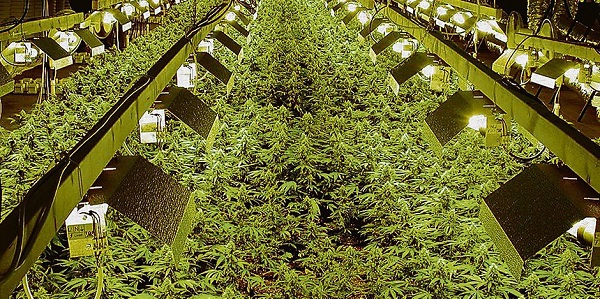
To start a marijuana cultivation, it is first necessary to know the three types of existing cannabis plants. Cannabis is divided into three main families: indica, sativa, and ruderalis (autoflowering). The first two are photoperiod dependent, meaning they need a reduction in light hours to induce flowering. While autoflowering varieties, regardless of light hours, will flower after about 25-30 days, remaining compact in size.
How to grow cannabis by choosing the right plant
How to grow cannabis by selecting the right plant for your needs. There are many varieties on the market, and it is necessary to research at least the basic characteristics of the species you are growing. For example, size, flowering duration, resistance to pathogens, and organoleptic and psychoactive properties are things to know beforehand. Additionally, growing marijuana while understanding its nutritional needs and growth characteristics can make a big difference.
Indica-dominant varieties produce smaller plants with a classic "bushy" structure and typically have shorter flowering periods compared to sativa. The effect of indica cannabis is very physical and relaxing, often used by people who need mental and physical relaxation and are very useful for certain ailments.
Sativa varieties develop taller plants with a much more elongated structure and distant internodes. The flowering period of sativa varieties is usually longer, sometimes taking up to 12 weeks to fully mature. The effect of sativa plants is cerebral and meditative, without the physical heaviness, making them ideal for those who want to experience moments of joy, relaxation, and creativity.
If you want to learn more about the differences between indica and sativa, check out our guide: Differences between Cannabis Indica and Cannabis Sativa.
Finally, let's talk about autoflowering varieties, probably the most cultivated today. These cannabis varieties have a very short life cycle, with the fastest maturing in 55-65 days from germination. Another important aspect is their compact size, making them suitable for small spaces and for cultivation in gardens and terraces due to their ability to blend in.
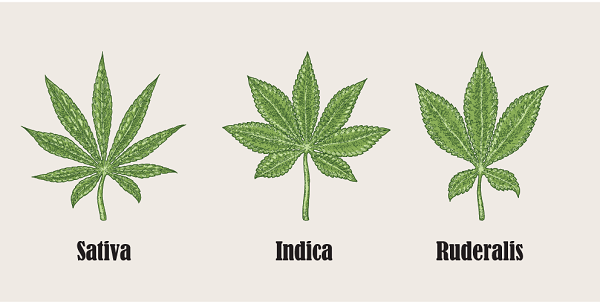
The vegetative cycle of the cannabis plant is divided into three phases:
- Rooting cannabis: A phase in which the plant multiplies and establishes its roots in the soil. In this phase, little water and no NPK fertilizer are needed.
- Cannabis growth: A phase where the plant grows, producing leaves and branches. Watering increases, and fertilization begins with nutrients rich in nitrogen and potassium.
- Cannabis flowering: In the pre-flowering phase, cannabis shows its sex. Assuming the plants are female, more water and fertilizers are given, although the nutritional needs change with higher doses of phosphorus and potassium during flowering. If you want to know more, check out our guide: Cannabis flowering: How to face it without making mistakes.
Below, we will explain the conditions and techniques to how to grow cannabis outdoors, in greenhouses, and indoors. For all those who want to grow marijuana, making the right and accurate choice of location and type of cultivation can make a big difference.
Indoor or outdoor cannabis cultivation? Which path to choose
Another aspect to consider when growing marijuana is understanding the available space and the investment you can make.
Indoor cannabis cultivation:
It is possible to grow cannabis indoors for all 12 months of the year. However, it is essential to try to recreate almost the same conditions as outdoor cultivation with great precision.
Growing cannabis indoors offers many advantages, first and foremost the security and privacy of home walls. Moreover, growing marijuana indoors allows for nearly total control over the plants.
This control certainly requires greater consistency and attention, as well as the necessary equipment. Purchasing a ready-to-use grow box is not as expensive today as it was a few years ago.
Outdoor cannabis growing:
Cannabis has been grown outdoors for thousands of years; undoubtedly, this method brings out the best properties of this plant.
In outdoor cannabis cultivation, with optimal conditions, it is possible to produce true "monster plants," but it won't be easy to achieve the potency levels of indoor-grown varieties.
Additionally, dealing with issues like fungi, mold, or pests is practically inevitable, but with proper prevention, you can have excellent harvests. One thing is certain: the ease and lower labor demands of outdoor cannabis compared to indoor make this technique appealing.
In conclusion, the only "downside" compared to indoor is that you'll have to wait for the right season and consider the appropriate latitude if you want to grow cannabis outdoors.
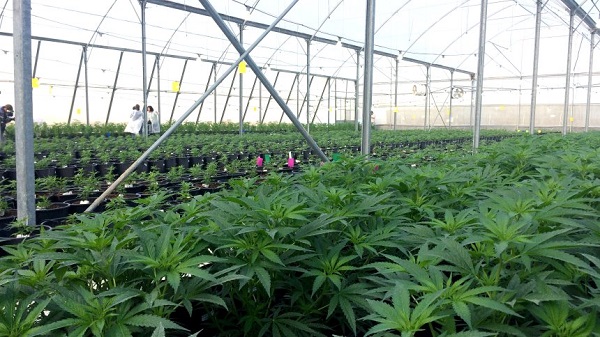
How to grow cannabis at home: 7 tools you can't do without
In this paragraph, we will look in detail at how to grow cannabis at home, but above all, what are the essential tools to do so. It should be noted, however, that depending on our budget, we can raise the level of professionalism, which will certainly result in a better and more profitable harvest.
How to grow cannabis in a grow box or cabinet:
The grow box is a cabinet specifically designed for growing cannabis inside apartments, although any recycled cabinet that meets or adapts to the minimum requirements for growing marijuana indoors can work. The first thing to choose is where to place this cabinet. There are two fundamental requirements for setting up the growing area.

Choose our complete Grow Boxes
- External outlets for air circulation. With the help of extractors and/or fans, air must constantly be drawn in and out through a duct. Therefore, it is convenient that the growing cabinet is located near a window or an air outlet. Plants consume air, water, and light proportionally to perform photosynthesis, so you must ensure that the extracted air does not re-enter the grow room; otherwise, growth could slow down due to the lack of CO2.
- Minimum height of the cultivation space. The height of the growing area can vary, but the minimum height to comfortably install equipment is about 160 cm. In fact, the minimum vertical space occupied by equipment in a grow area is about 40-60 cm. The remaining 80-100 cm are necessary for plant growth.
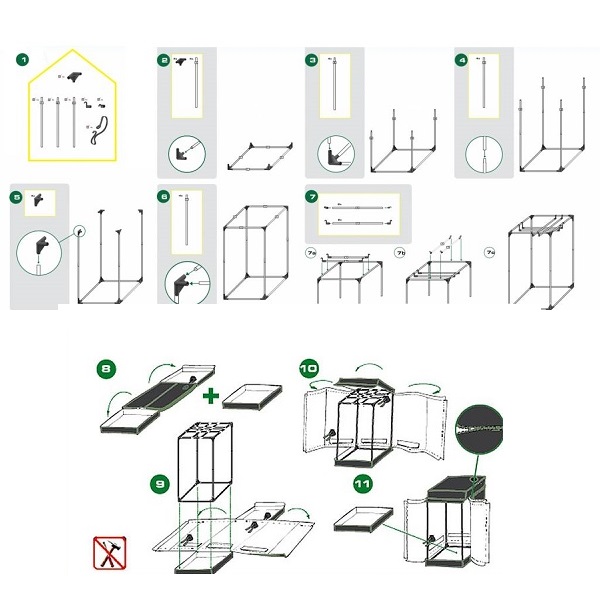
- Plant growing lamps
The most used plant growing lamps are HPS (high-pressure sodium) lamps, incandescent lamps that emit a spectrum suitable for plant growth and flowering.
CFL lamps, also known as low consumption lamps. These lamps emit a light spectrum suitable for plants, with significantly lower heat emission, although they are less efficient in the flowering phase. CFL 6400K bulbs are specific for the growth phase, while CFL 2700K bulbs are suitable for flowering. There are also CFL Agro bulbs (suitable for both growth and flowering).
LED grow lamps. LED grow lights have made great strides in recent years in terms of both efficiency and price competitiveness. Certainly, their light output relative to power consumption is superior, but one must carefully evaluate the types available on the market, as not all are suitable for growing cannabis indoors.
To learn more about the light hours that cannabis plants need, check out our guide: Light hours for cannabis cultivation
- Extractor and fans for air exchange
The extractor is the essential tool for air circulation and, therefore, for plant respiration. It is installed in the upper part of the growing area to facilitate the exchange of warm air that settles in the upper layers of the grow room. Although air intake can be passive, it is advisable to purchase a fan for air introduction, especially during the warmer periods. The power of the ventilation system is obviously proportional to the volume of the cultivated environment. It is also recommended to install one or more fans inside the grow area (depending on the size) to increase CO2 and promote air movement.
- Activated carbon filter for air purification
The exhaust air from indoor cannabis growing can be dense with strong odors. An activated carbon filter installed upstream of the air extractor eliminates the odor from the marijuana plants grown in the grow box. It is essential that the filter's capacity matches that of the extractor. Activated carbon filters have a variable lifespan depending on the quality of the product, usually lasting for 3-4 cultivation cycles.
- Measuring instruments: Timer and thermo-hygrometer
- The timer is the tool that controls the photoperiod and coordinates the switching on and off of the equipment inside the grow room. It is crucial that sunrise and sunset times are constant and precise because photoperiod misalignments can cause significant issues like hermaphroditism. In cannabis cultivation, the ideal photoperiod for photoperiod-dependent plants is 18 hours for growth and 12 hours for flowering, while autoflowering plants require at least 18 hours of light for the entire life cycle.
- The thermo-hygrometer monitors temperature and humidity inside the grow area. Using the thermo-hygrometer is essential in cultivation because these values strongly affect the success of the harvest. The ideal parameters for indoor cannabis cultivation are: temperature 18-29°C and humidity 45-70%. Regarding humidity, the wide range is due to the fact that marijuana plants prefer high humidity during the growth phase, while they prefer drier air during flowering.
- Soil and pots
The success of the cultivation largely depends on the soil used. It is always recommended to use cannabis-specific soils, as not all types of substrate are suitable for cannabis plants.
Using a specific substrate for this type of plant will give the plant a healthy nutritional balance. The choice of pot size depends greatly on the space and the type of cultivation being practiced.
Square plastic pots of 11 or 6.5 liters are the most commonly used, as they offer the right balance between size and space for growth.
Recently, fabric geotextile pots are becoming increasingly popular.
- Fertilizers and stimulators
The choice of fertilizers is not easy, given the wide market offering. We suggest using organic fertilizers, especially if growing marijuana plants. As is well known, cannabis plants have different nutritional needs in the three main phases. During the rooting phase, a root stimulator is needed. In the vegetative phase, the needs change, and a more nitrogen-rich fertilizer will be required for growth. For flowering, a more "phosphorus-potassium" fertilizer is needed to stimulate the plant's tips, and so on.
- Non-essential tools, but highly recommended
Climate control in indoor growing is essential. The temperature and humidity controller will coordinate the ventilation system based on the user's settings, maintaining optimal climatic parameters inside the grow room. Another recommended tool is the fan, which promotes greater CO2 circulation.
Many people ask: How to grow cannabis at home without lamps?
To grow autoflowering and feminized marijuana in these conditions, the only solution will be to wait for the right season (spring-summer) and grow the cannabis plants outdoors on terraces or in gardens.
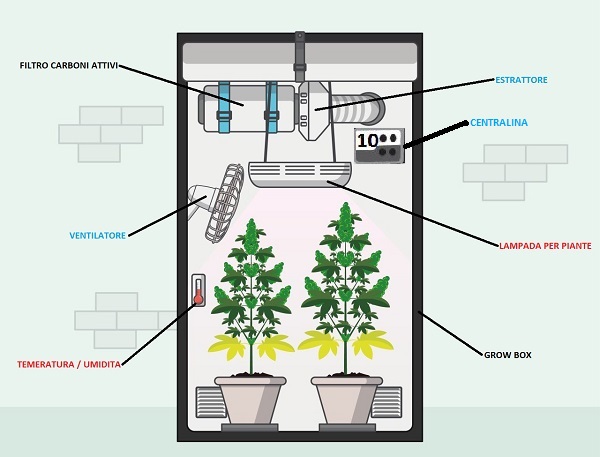
Outdoor or greenhouse cannabis cultivation, what are the differences?
- Cannabis in soil: Romantic but unproductive
For those who want to start growing cannabis outdoors, the first step is certainly to analyze the soil, which should be done well in advance of planting. This is because many products and amendments need a long period to rebalance the optimal parameters of the substrate. In outdoor marijuana cultivation, another very important thing is the choice of the cannabis variety to grow. However, as experience teaches us how to grow, we begin to learn that cultivating directly in the soil, although romantic, is absolutely inconvenient and unproductive.
- Growing cannabis in pots: the most productive choice
Although the initial investment is certainly higher, growing cannabis outdoors in pots ensures greater success for many reasons. First of all, the control over amendments and nutrition. It also ensures less water and fertilizer consumption, lower disease or pathogen risks, and greater stability against weather conditions. In short, it's quite clear that outdoor cultivation is much more convenient in pots or containers.
- Cannabis in a greenhouse: the best, but expensive investment
As many veterans claim, the best outdoor cannabis potentially grows in a greenhouse. That "potentially" implies a big difference because most common greenhouses are not suitable for marijuana cultivation. These greenhouses are built with glass and sloping roofs that can be fully opened. Additionally, an air circulation and forced ventilation system is a must, as well as a cooling system if you want to grow even in the hottest months. Many companies have hi-tech greenhouses equipped with artificial lighting systems and capable of darkening. This allows for up to 4-5 harvests a year.
For more information, check out our guide on the harvesting and drying of cannabis.
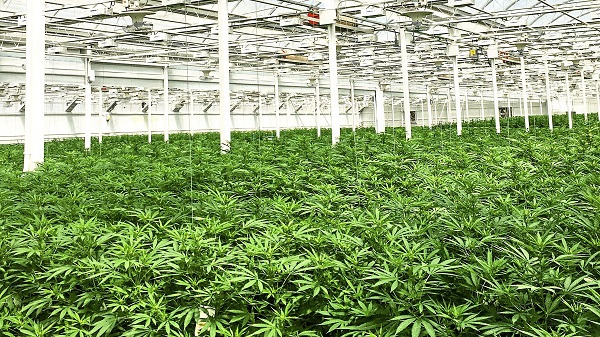
Hemp growing: what varieties can I legally grow?
With law 242/2016, which regulated the cultivation of hemp sativa (with a THC level below 0.5%), the interest of agricultural companies in reviving a sector where Italy was a global leader until the end of World War II has been increasing.
To comply with the current legislation and start legal hemp cultivation, there are precise rules to follow, so:
What to do to grow hemp legally?
How to grow hemp legally and professionally without making mistakes. To start a crop, you must first have the proper legal entity, such as a farm or a VAT number with the appropriate ATECO code.
Obtain a batch of certified EU seeds to provide adequate documentation to the competent authorities.
We recommend doing this even if you use CBD seeds with low THC content but are not certified. This strategy will protect you from potential legal proceedings, as it is not possible to determine the real origin of the seeds used.
Secondly, based on the type of investment you can afford, you will need to decide whether to grow indoors or outdoors.
Indoor hemp cultivation has significantly higher initial costs since it requires a structure, warehouse, or greenhouse that must be equipped with professional tools.
It is clear that future profits will be higher than outdoor cultivation since indoor legal cannabis has a higher market value and continuous production.
Meanwhile, open field hemp cultivation produces a less valuable product and allows only one harvest per year. However, the initial investment will be much lower, practically within everyone's reach.
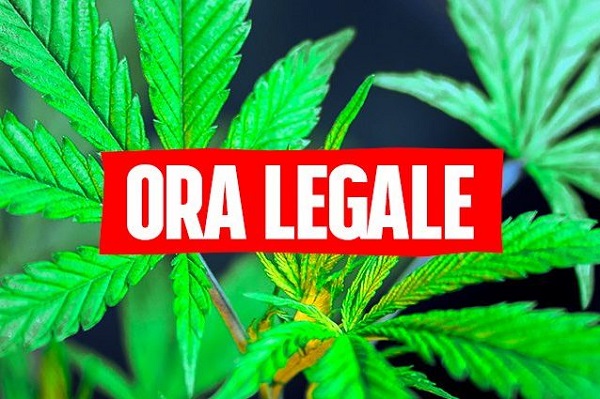
Is it legal to grow high THC Indica Cannabis?
Even though recent developments in the cassation ruling affirm the principle that growing small amounts of Indica cannabis is not a crime, growing Indica cannabis with THC higher than 0.5% remains a criminal offense punished under the law. Industry professionals have received this new ruling with hope, seeing it as a support for the government to legislate on cannabis growing. The hope is that our politicians will judge this plant with scientific rather than political approaches.